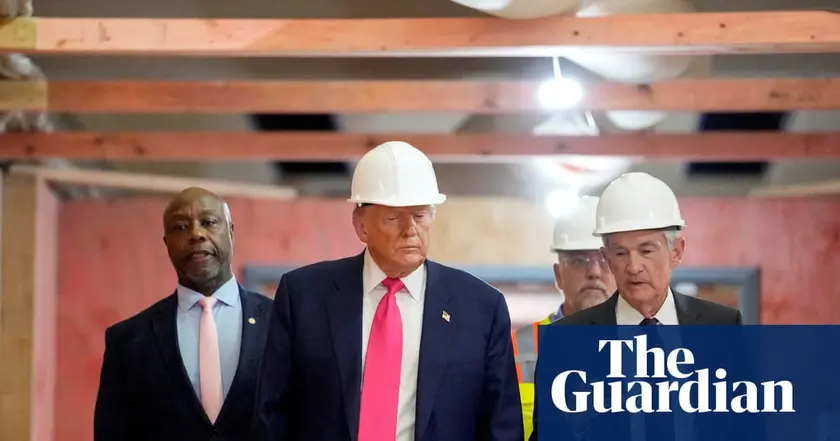T4K3.news
Markets steady after Trump tariff announcements
Global stocks rise modestly as tariffs are rolled out with expectations of further negotiations
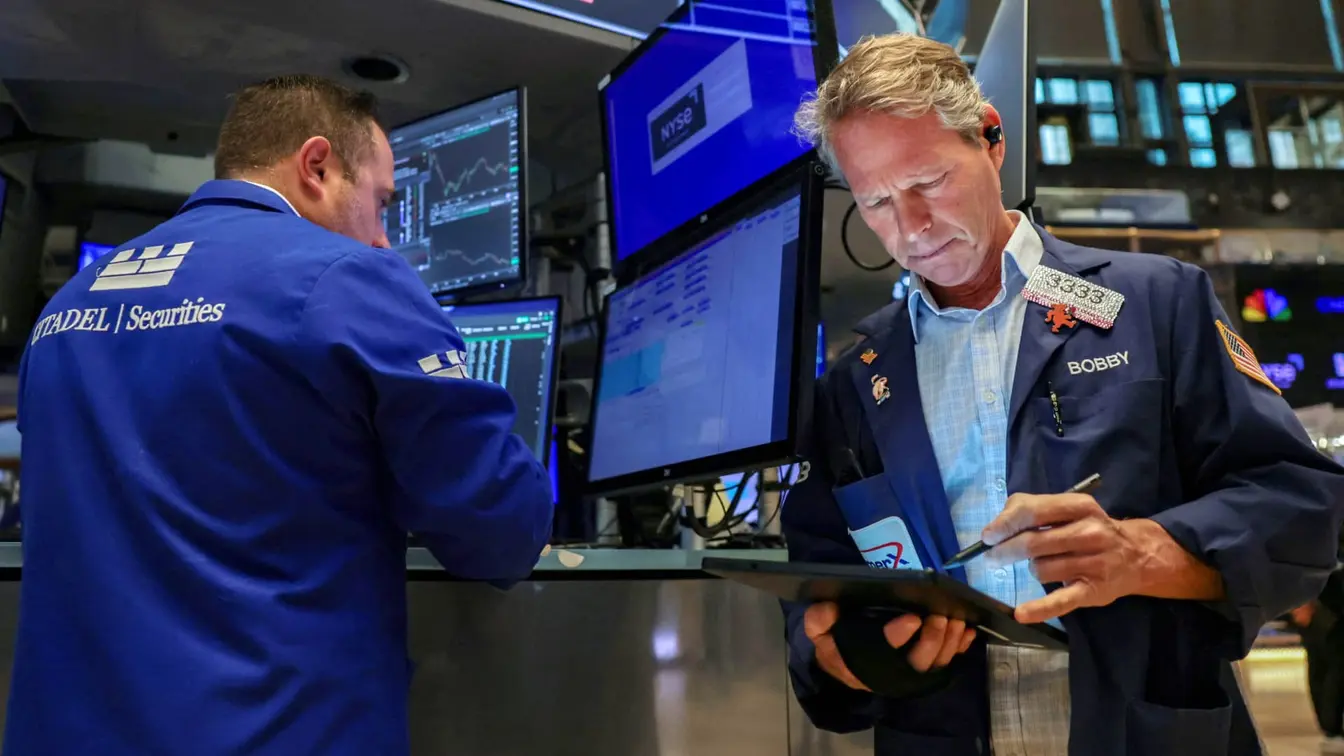
Markets show muted moves as new tariffs are announced, contrasting with the heavy rout seen after earlier tariff threats.
Global markets hold steady as Trump tariff threats fade from pace
Global markets have largely ignored the latest U.S. tariffs on a broad set of partners, a departure from the sharp selloff that followed the April 2 announcement of reciprocal duties. The new duties include 10% to 15% on imports from the EU, Japan, and South Korea, and 20% on goods from Taiwan, Vietnam, and Bangladesh. In the period from Aug 1 to now, the MSCI All Country World Index edged up about 1.8%, while China’s CSI 300 and Japan’s Nikkei 225 also posted gains. India’s Nifty 50 moved little after a tariff increase from 25% to 50% on a wide range of goods. European shares also recovered, aided by strong corporate earnings and reasons beyond tariff talk.
Investors cite a pattern of tariff threats followed by delayed or rolled back actions. Steve Brice of Standard Chartered notes a numbness in markets and a habit of expecting negotiations to unwind tariff moves. Safe-haven assets showed only modest shifts, with U.S. 10-year yields slipping slightly and the dollar easing while spot gold rose. The contrast with April remains stark: a 12% drop in the S&P 500 and a broad risk-off for global equities then, followed by a rally as pauses and exemptions were floated. Analysts warn that even if prices settle, policy uncertainty could affect longer-term investment choices and corporate decisions about where to manufacture and source goods.
Key Takeaways
"There is a bit of numbness coming through."
Steve Brice on investor sentiment amid tariff news
"Markets are becoming a bit numb to the permanent volatility on these issues"
Taimur Baig on how traders price ongoing tariff talk
"The market is just not capable of pricing it in because of the chronic uncertainty"
Hugh Dive on pricing risks in policy moves
"there have been increases in tariffs coming through but they can be unwound by further trade negotiations"
Steve Brice on potential reversals
The pattern suggests investors are recalibrating to a new normal where tariff threats trigger recalibration rather than decisive moves. This numbness helps explain why markets can shrug off headline tariff changes while policy makers keep the door open to more talks and reversals. The danger is that the very volatility investors discount today becomes a chronic drag on investing, since firms may delay capital expenditure and hiring in the absence of clear, lasting policy signals. The chip tariff discussion, with exemptions for domestic building, illustrates a broader strategic issue: policy choices may shift abruptly, forcing companies to weigh short-term protections against long-term competitiveness. Looking ahead, markets will judge not just the size of tariffs but the credibility of the administration to follow through or unwind them after negotiation milestones.
Highlights
- Numbness becomes the market mood around tariffs
- Pricing in negotiations is the new market craft
- Policy drift is the risk not the tariff itself
- Markets adapt faster than policies change
Political risk and market sensitivity to tariff policy
Tariff moves heighten political risk as policy mixes with investor expectations and public reaction. Ongoing negotiations and potential reversals could affect budgets and corporate plans.
Policy clarity will shape the next phase of market reaction
Enjoyed this? Let your friends know!
Related News
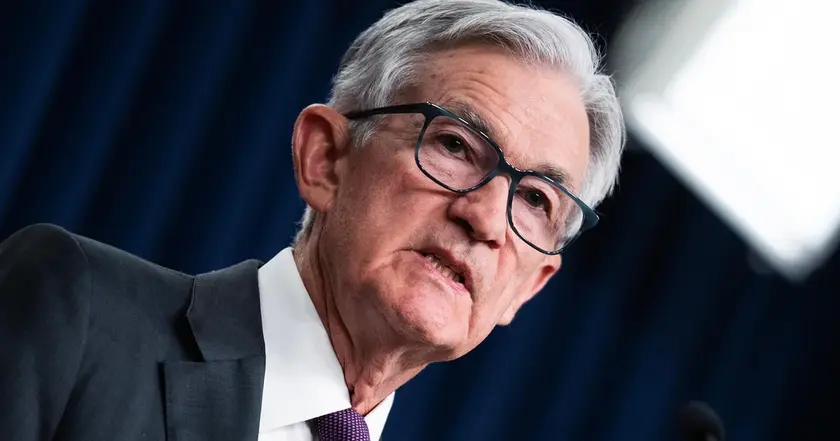
Federal Reserve maintains interest rate amid economic uncertainty
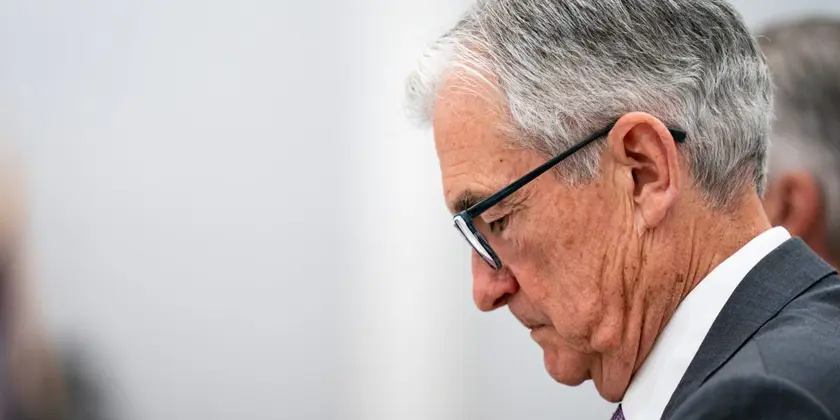
Federal Reserve to maintain rates amid geopolitical tensions
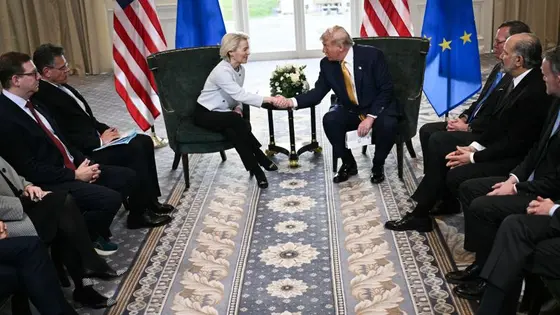
Trump achieves key trade goals amid turbulence

Trump's economic week critical for policy impact
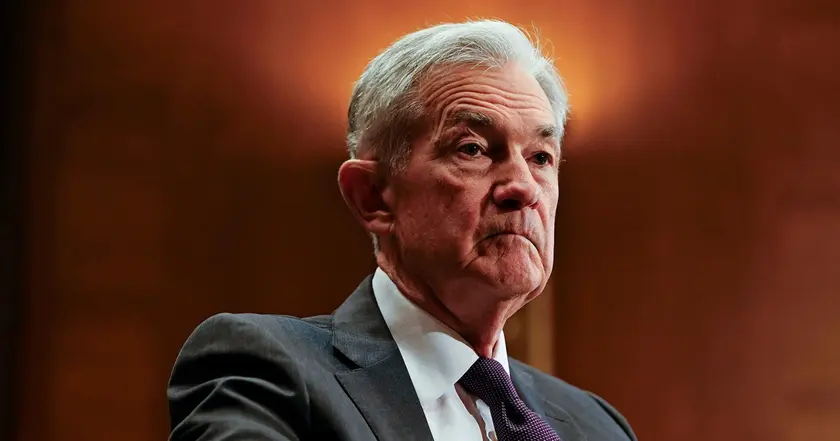
Federal Reserve maintains key interest rate amid dissent

Weak jobs data raises expectations for Fed rate cuts
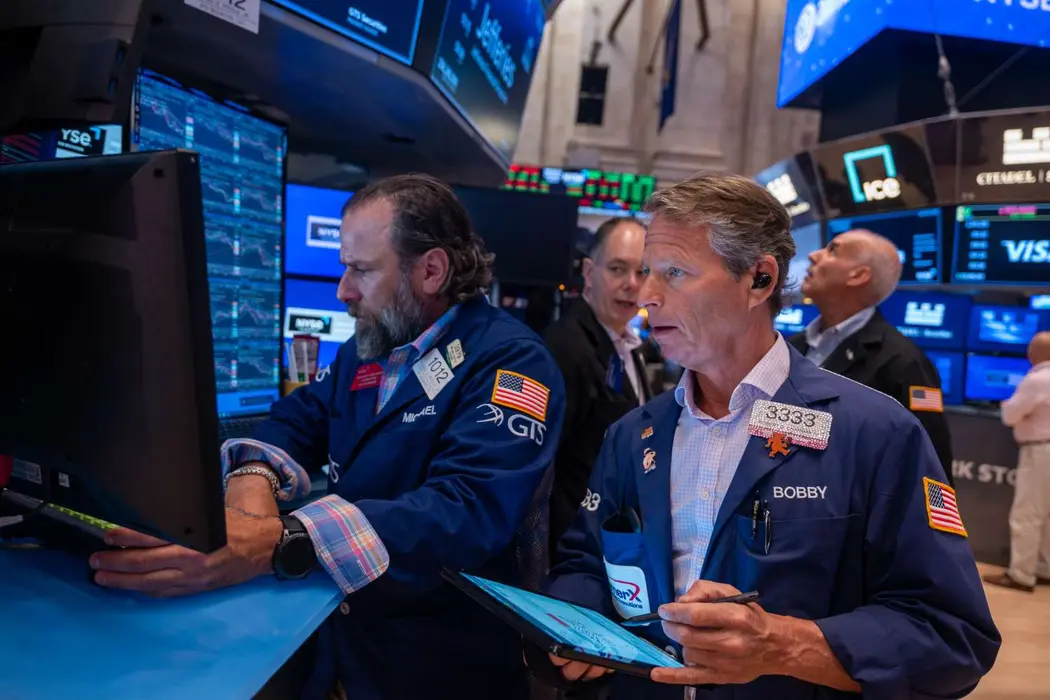
Stocks Decline as Powell Shares Outlook on Interest Rates
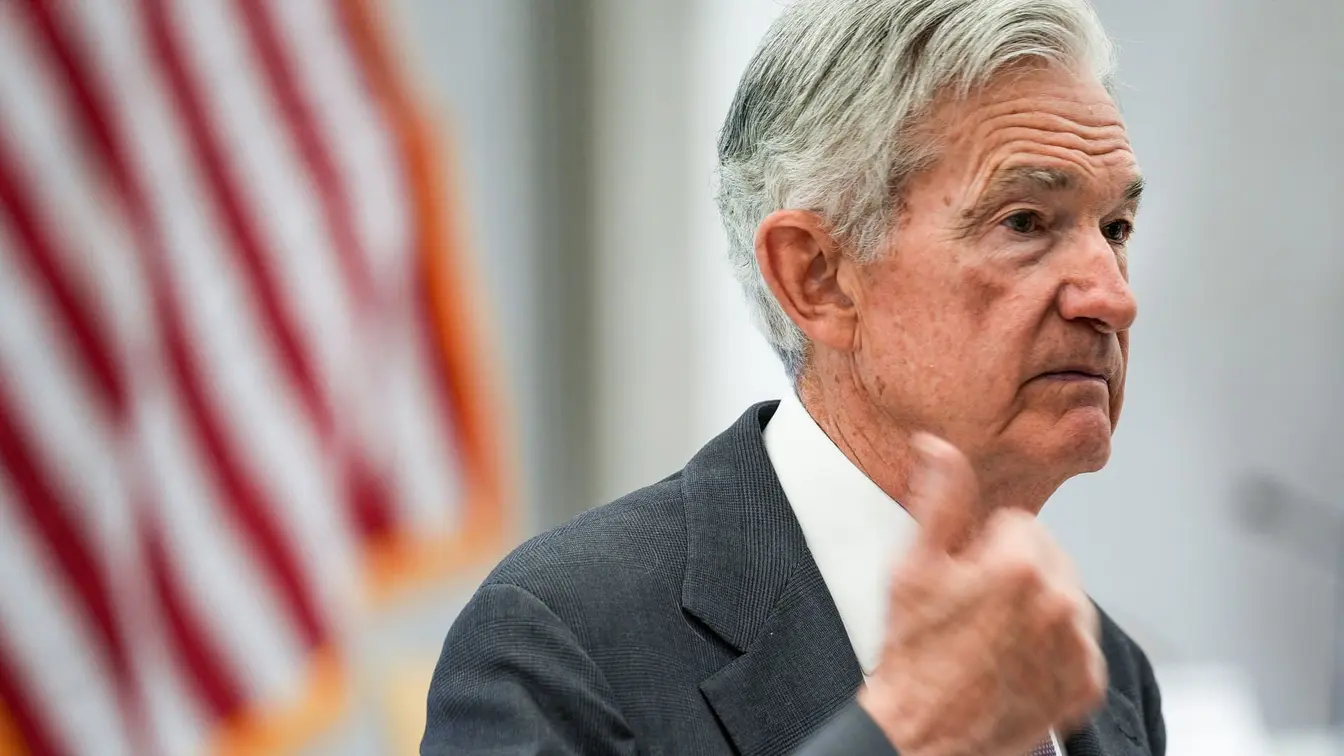
Federal Reserve keeps rates steady amid tech earnings
